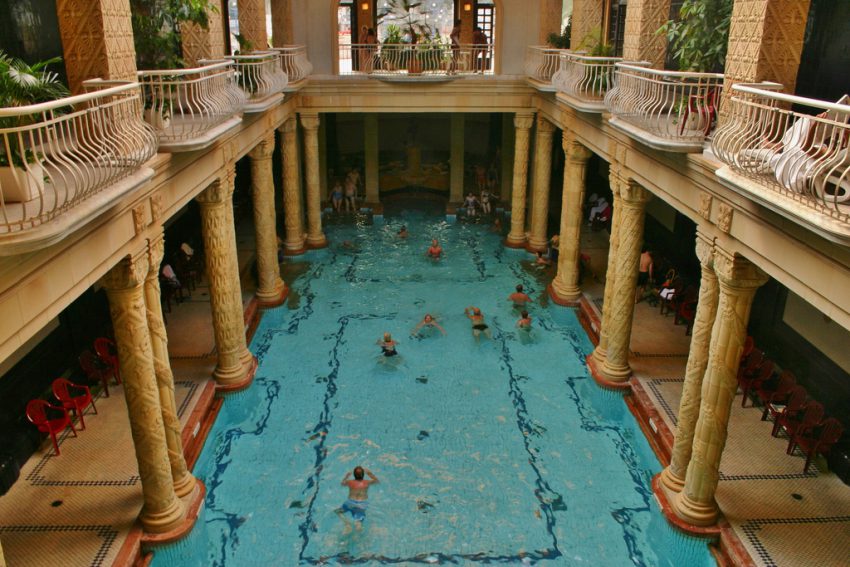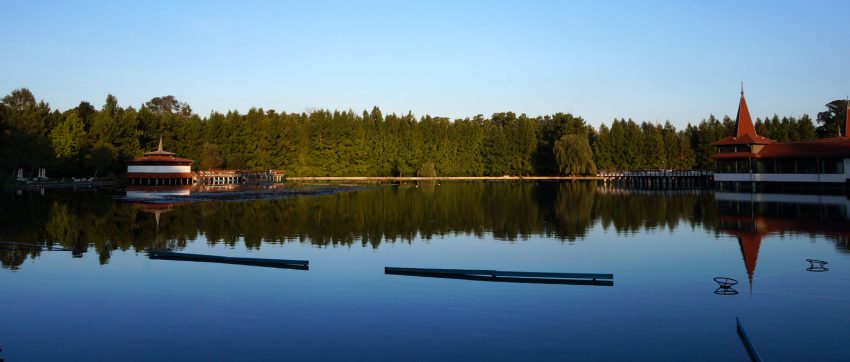On 22 March we celebrate World Water Day, an annual event series that focuses on the topics of universal access to clean water and sustainable management of freshwater resources. To that end, we’ve decided to give you a rundown on one of Hungary’s most important pulling powers: its world-famous bodies of water.
The thousand-faced baths of Budapest are slowly but surely making their names known across the whole globe: from the Art Nouveau splendor of Gellért Baths to 16th century Ottoman magnificence of the Veli Bej, you can dip yourself in the pools of a number of awe-inspiring historical buildings, each possessing a unique atmosphere, healing waters, a handful of pampering treatments, and amenities such as steam chambers, a thermal beer spa, and a panorama hot tub. Looking up these aquatic kingdoms and buying a day ticket is a good idea for several reasons: one, you’ll see amazing architecture; two, you can recharge your batteries in a healthy manner; and three, you’ll get to see another, more laid-back side of the average Hungarian, compared to what you might encounter on the public transportation.

In the quaint small town of Miskolctapolca, there lies the Cave Bath, a natural cave system carved out by the warm water springs bubbling forth from deep beneath the mountain. Used for its curative waters since the 13th century (as professed by the remains of a Medieval Benedictine monastery situated at the entrance of the Cave Bath), and having become a popular bathing place in the Ottoman times, it is a truly unique complex with four, intimate in-cave pools, several outdoor swimming pools, and saunas. Thanks to its closed nature and its constant water temperature of 30 degrees Celsius, the Cave Bath awaits visitors all throughout the year!

Situated a 2-hours long car ride from Budapest, the 38 meters deep Lake Hévíz is the world’s largest thermal lake: it is fed by the 38 degrees Celsius warm water shooting out from the Hévíz spring cave with a speed of 30-40 thousand liters per minute, completely replenishing the lake in just 72 hours. The first documentation of the water’s curative powers (reported to be beneficial to patients suffering from rheumatic diseases and locomotor disorders, among others) dates back to the 1320s. Just the sight of the lake’s water lilies floating on the surface with the 2-meters tall vapor layer protecting them is well worth a visit, regardless of the season!

With a total length of 2,860 kilometers, the Danube is Europe’s second longest river. Its name is derived from the Proto-Indo-European word dānu, meaning river, fluid or drop. For more than three hundred years, it formed the northeastern border of the Roman Empire, with the Danubian Limes connecting hundreds of forts, watchtowers and camps along its shores, many of which had later become the core of some of the continent’s great cities, such as Vienna (Vindobona), Belgrade (Singidunum), and Budapest (Aquincum). From the 18th to the middle of the 20th century, so-called barge-pools were a regular sight on the Budapest section of the river: these floating wooden structures allowed bathers to enjoy the swift water of the Danube without having to fear that a wave will sweep them away.





